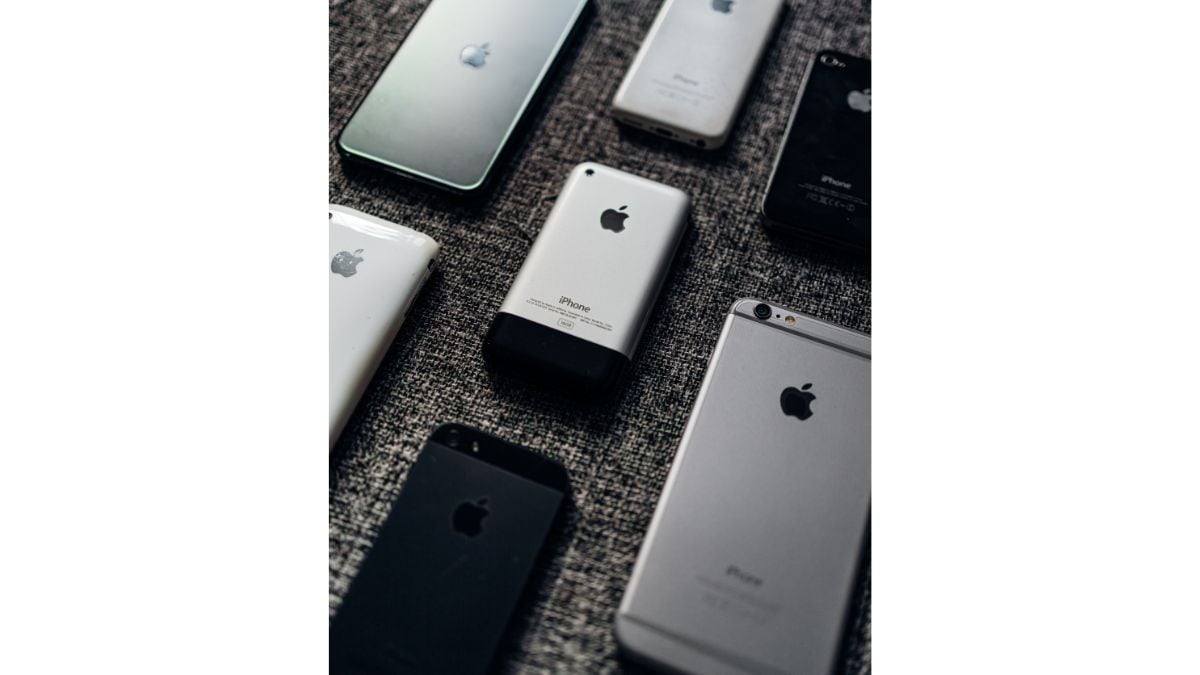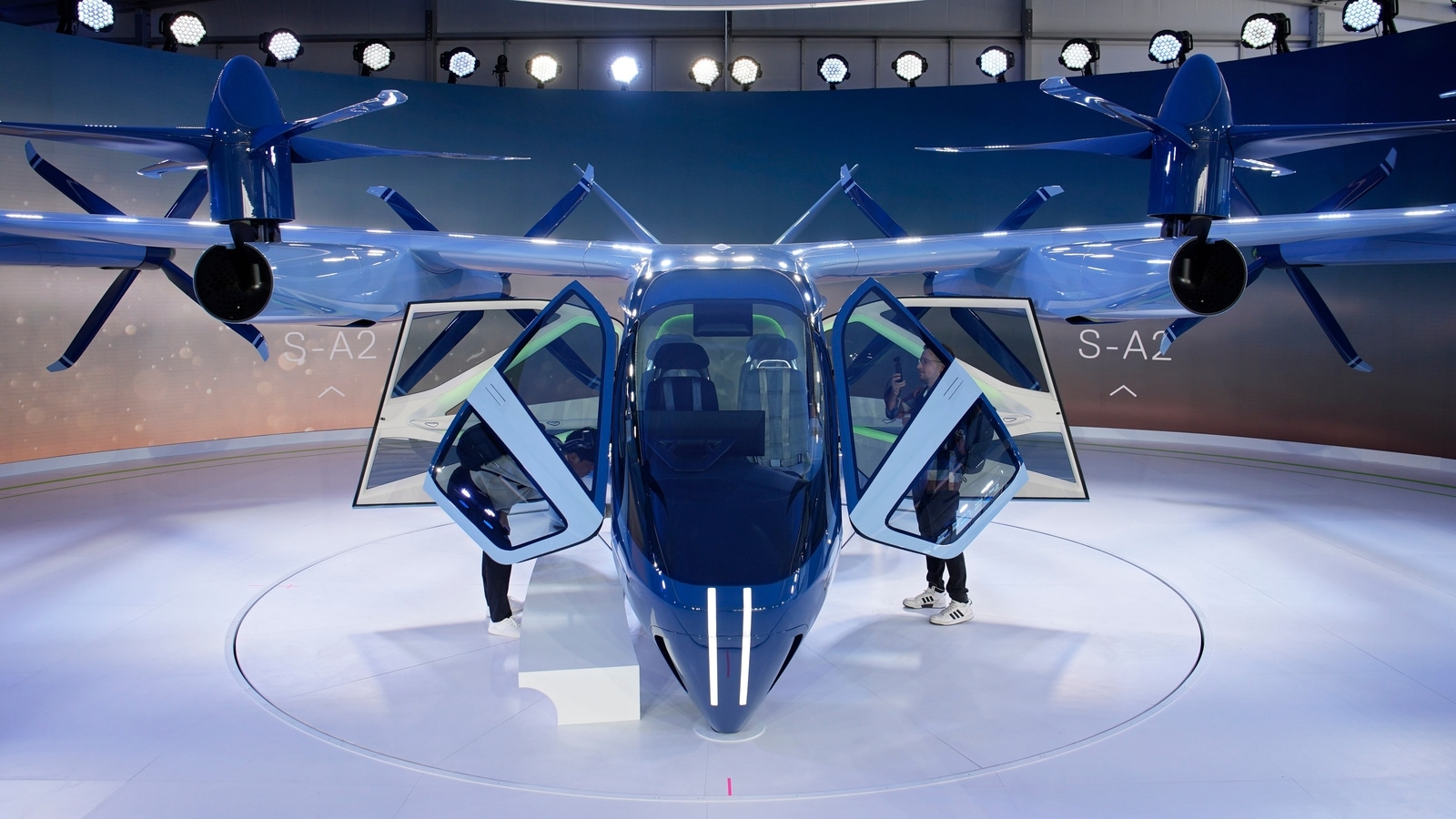Electric Aircraft may have more potential than We thought
If the aviation industry is serious about hitting net zero by 2050, then long shots like this electric aircraft must be seriously investigated.







 View all Images
View all ImagesBatteries are doing such a great job replacing petroleum in car engines that it's natural to think they might do the same in the skies. Efforts to make a working airplane prototype, however, perennially come up short. Kitty Hawk, the startup backed by Google co-founder Larry Page that hoped to make an electric flying car, quietly abandoned the project after five years in 2020. Last year, two separate proposed battery planes being developed by ventures including Rolls-Royce Holdings Plc and Nasa were dropped within a month of each other.
That's led most people (including me) to be dubious that electric planes will ever take off. The reasons are pretty fundamental: batteries are heavy, and aircraft need to be light. Kerosene stores more than 40 times as much energy per kilogram as lithium-ion cells. To carry as much power as its fossil-fuel equivalent, a seven-seater business jet would need to be carrying a battery as heavy as an Airbus SE A320 fully laden with fuel, 180 passengers, and cargo. That's obviously not going to work.
There's an unexamined assumption in that scenario that's worth looking at more closely, however. Designing an electric plane isn't a simple matter of plugging a battery into the back of a jet engine: You need instead to return to first principles and sketch things from the ground up. Start with a blank sheet of paper, and you might find innovative designs you'd not previously thought of.
That's the pitch of Elysian Aircraft BV, a start-up working in partnership with Delft University of Technology, one of the world's leading institutes for aerospace design. In two separate papers published this month, the company's founders and Delft academics argued that previous studies of electric planes were neglecting an opportunity to take a significant bite out of the industry's carbon footprint. They have proposed a design for a 90-seater that would depend on batteries alone for normal flight.
“Planes as they are made now are very efficiently designed for kerosene,” Reynard de Vries, Elysian's director of design and engineering, said in an interview. “The mistake that some of us may have made is assuming that the optimal battery airplane looks the same.”
The details of the argument would be abstruse to most people, involving assessments of such technical parameters as lift-to-drag ratio and empty mass fractions. But their concept aircraft is more comprehensible: a narrow fuselage with four seats in each row; large wings fitted with four turboprop engines apiece, wide enough that their tips would have to fold up on the ground; plus a reserve power system using low-emission fuel that could be switched on for emergencies.
Such a plane, they argue, could fly for up to 800 kilometers (497 miles) on battery power. That would allow it to compete on many of the world's busiest air routes, such as Seoul-Jeju, Hong Kong-Taipei, Sydney-Melbourne, and Atlanta-Orlando. It's a market that accounts for about a fifth of aviation's CO2 emissions.(1)
The price of aviation fuel would still need to double to make costs competitive with conventional jets — but that's what you'd expect if airlines and regulators keep their promises to blend in a rising volume of sustainable aviation fuel, a low-carbon replacement for kerosene, not to mention plans to start levying carriers for their greenhouse impacts. Even charging should be possible in an average 30 minutes and maximum 45 minutes, which would be in line with most airlines' targets to turn their planes around quickly.
It's still uncertain whether it will be able to compete with conventional jets head-on. For instance, while Elysian's passenger numbers and range are far closer to those of conventional commercial jets than anyone previously realized, they're not close enough to strike a decisive blow, either. Airbus's A321neo, the most popular narrow-body jet, can carry twice as many passengers eight times the distance, giving carriers a lot more flexibility on how to use them.
The aircraft also flies at Mach 0.6, notably slower than the Mach 0.8 you'd get on an A320 or Boeing Co. 737. Incorporating time in non-cruising flight, that would probably mean journeys took 15% to 20% longer, according to Dan Raymer, a Los Angeles-based aircraft designer and president of Conceptual Research Corporation.
“Will the passengers accept this?” Raymer wrote by e-mail. “Perhaps they won't have a choice, if regular jets are forbidden from making short flights as some have proposed.”
Elysian deserves credit for kicking the tires on some widely held views about electric aviation. The duopoly of Airbus and Boeing — the only institutions with the market influence and expertise to convene airlines, airports, regulators and politicians in a joint effort to tackle electrification — have made only fitful attempts to develop such vehicles. That complacency has been fueled by the conclusion that large battery planes wouldn't be viable over any distance, combined with the industry's ability to obfuscate aviation's rising carbon footprint by making dubious claims about the potential of sustainable aviation fuel.
This foot-dragging approach isn't good enough. The development cycle for innovative aircraft is decades long, so if manufacturers and airlines are vaguely serious about their promise to reduce carbon pollution to net zero by 2050, work needs to be well underway already. Despite what airlines will tell you, there is no viable route map to guide us away from a future where flying accounts for 22% of emissions in 2050, compared to about 2% right now. In providing the first few waypoints toward that more sustainable destination, Elysian should be applauded.
(1) It would likely be a larger share of the industry's total greenhouse footprint, since the biggest factor inducing warming from aviation is not the carbon dioxide in aircraft exhaust but the contrails that form around it. This would be absent in an electric plane that doesn't produce exhaust gases.
Also read these top stories today:
Apple Vision Pro and the Future: Apple is already envisioning future workplace applications for the device, including using it for surgery, aircraft repair and teaching students. Know what the gadget is poised to do here.If you enjoyed reading this article, please forward it to your friends and family.
Cyber-skulduggery is becoming the bane of modern life. In 2022–23, nearly 94,000 cyber crimes were reported in Australia, up 23% on the previous year.
Know how to protect yourself here.
Catch all the Latest Tech News, Mobile News, Laptop News, Gaming news, Wearables News , How To News, also keep up with us on Whatsapp channel,Twitter, Facebook, Google News, and Instagram. For our latest videos, subscribe to our YouTube channel.































